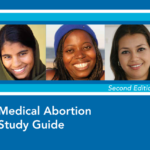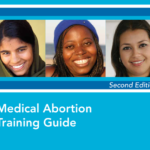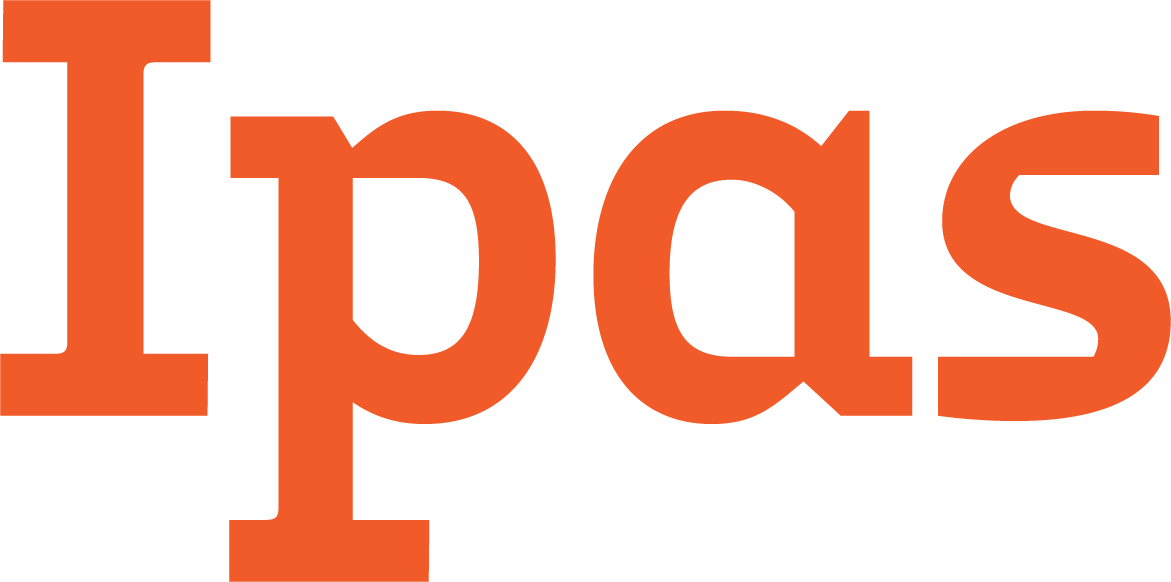The February 2016 WHO declaration that congenital Zika virus syndrome constitutes a Public Health Emergency of International Concern reacted to the outbreak of the syndrome in Brazil. But the government’s urging to contain the syndrome, which is associated with microcephaly among newborns, is confounded by lack of reproductive health services. Women with low incomes in particular have little access to such health services. The emergency also illuminates the harm of restrictive abortion legislation, and the potential violation of human rights regarding women’s health. Proposed suggestions for remedying the widespread health-care inequities in Brazil are instructive for other countries where congenital Zika virus syndrome is prevalent.

This wallchart outlines the steps for correctly processing and cleaning the Ipas MVA Plus and Ipas EasyGrip cannulae.
The objective of this study was to understand intersections between intimate partner violence (IPV) and other constraints to women’s reproductive autonomy, and the influence of IPV on reproductive health. There were 457 participants included in the analysis and 118 (25.8%) had experienced IPV in the preceding year. IPV was associated with discordance in fertility intentions with husbands/partners and in-laws, with in-law opposition to contraception, with perceived religious prohibition of contraception, and with presenting unaccompanied. Ensuring women’s reproductive freedom requires addressing IPV and related constraints.
Abortion is technically legal in Zambia, but the reality is far more complicated. This study describes the process and results of galvanizing access to medical abortion where abortion has been legal for many years, but provision severely limited. It highlights the challenges and successes of scaling up abortion care using implementation science to document two years of implementation. The findings provide a case study of medical abortion introduction in Zambia and offer important lessons for expanding safe and legal abortion access in similar settings across Africa.
This study aimed to compare the effectiveness of a high-intensity model (HIM) and a low-intensity model (LIM) of behaviour change communication interventions in Bihar and Jharkhand states of India designed to improve women’s knowledge and usage of safe abortion services. Although both intervention types improved abortion knowledge, the HIM intervention was more effective.
This study sought to understand correlates of postabortion contraceptive use at the individual, family and abortion service delivery levels. Potential individual level correlates included contraceptive and abortion history and fertility intentions; family correlates included intimate partner violence (IPV), discordance in fertility intentions, and household decision-making; and service delivery correlates included procedure type and postabortion contraceptive counseling.
To reduce deaths and disabilities from unsafe abortion, Ethiopia liberalized its abortion law in 2005 to allow safe abortion under certain conditions. This study aimed to measure how availability and utilization of safe abortion services has changed in the last decade in Ethiopia, drawing on results from nationally representative health facility studies conducted in Ethiopia in 2008 and 2014. Using the Safe Abortion Care Model as a framework of analysis, the study found that service availability and quality has increased, but that access to lifesaving comprehensive care still falls short of recommended levels.
In Bangladesh, abortion is restricted except to save the life of a woman, but menstrual regulation is allowed to induce menstruation and return to non-pregnancy after a missed period. MR services are typically provided through the Directorate General of Family Planning, while postabortion care services for incomplete abortion are provided by facilities under the Directorate General of Health Services. The bifurcated health system results in reduced quality of care, particularly for postabortion care patients. This study evaluated the success of a pilot project that aimed to integrate menstrual regulation, postabortion care and family planning services across six Directorate General of Health Services and Directorate General of Family Planning facilities by training providers on woman-centered abortion care and adding family planning services at sites offering postabortion care.
This study looked at the socio-economic profile of women seeking abortion services in public health facilities across Madhya Pradesh state and at out of pocket cost accessing abortion services. In particular, it examined the level of access that poor women have to safe abortion services in Madhya Pradesh. Findings highlight that, overall, 57% of women who received abortion care at public health facilities were poor, followed by 21% moderate and 22% rich. Improved availability of safe abortion services at the primary level in Madhya Pradesh has helped meeting the need of safe abortion services among poor, which eventually will help reducing the maternal mortality and morbidity due to unsafe abortion.
This analysis aimed to estimate the costs and cost- effectiveness of providing first-trimester medication abortion and manual vacuum aspiration (MVA) services to inform planning for first-trimester service provision in South Africa and similar settings. It found that the cost per complete medication abortion was lower than the cost per complete MVA. This analysis supports the scale-up of medication abortion alongside existing MVA services in South Africa. Women can be offered a choice of methods, including medication abortion with MVA as a back-up, without increasing costs.

The Medical Abortion Study Guide, Second Edition, describes the use of medications for first-trimester abortion. It is intended to prepare health-care providers for the in-person skills training and clinical practicum portions of medical abortion training programs. It can also serve as a reference manual during training events and for future reference.

The Medical Abortion Training Guide, Second Edition, is designed for training providers on the delivery of high-quality, clinic-based, first-trimester medical abortion, particularly in limited-resource settings. It has been updated to reflect the latest evidence from the World Health Organization (WHO) and other important source documents. It includes current clinical evidence addressing the unique needs of young women and recommendations on ways to work with communities to improve information, social support and access to medical abortion.
Women receiving induced abortions or postabortion care are at high risk of subsequent unintended pregnancy, and intervals of less than six months between abortion and subsequent pregnancy may be associated with adverse outcomes. This study highlights the prevalence and attributes of postabortion contraceptive acceptance from 2,456 health facilities in six major Indian states, among 292,508 women who received abortion care services from July 2011 through June 2014.
This study estimates current health system costs of treating unsafe abortion complications and compares these findings with newly-projected costs for providing safe abortion in Malawi. It finds that transition to safe, legal abortion would yield an estimated cost reduction of 20-30 percent.

This wallchart outlines the steps for correctly processing and cleaning the Ipas MVA Plus and Ipas EasyGrip cannulae.
This study sought to understand women’s experiences using medication for menstrual regulation in Bangladesh. In-depth interviews were conducted with 20 rural and urban women.The majority had had positive experiences with medication for menstrual regulation and successful outcomes. Continued efforts to improve counselling by providers about the dose, medication and side-effects of medication for menstrual regulation, along with education of the community about medication as an option for menstrual regulation, will help to de-stigmatise the procedure and the women who seek it.
From a public health and human rights perspective, what would be most helpful to women and communities significantly affected by the Zika outbreak is accurate and comprehensive information, and access to rapid diagnosis and counseling on the health risks. Furthermore, there needs to be a massive overhaul in national policies: Safe abortion should be a legal option for women.
Comprehensive abortion care services remain out of reach for many women in rural and remote areas of Nepal. This article describes a training and support strategy to train auxiliary nurse-midwives (ANMs), already certified as skilled birth attendants, as medical abortion providers and expand geographic access to safe abortion care to the community level in Nepal.
Medical students’ limited opportunities to train in abortion procedures are a major barrier to care. But as bad as the situation is in the United States for medical students, it’s actually much worse in many international settings.
Until recently, WHO operationally defined unsafe abortion as illegal abortion. In the past decade, however, the incidence of abortion by misoprostol administration has increased in countries with restrictive abortion laws. Access to safe surgical abortions has also increased in many such countries. An important effect of these trends has been that, even in an illegal environment, abortion is becoming safer, and an updated system for classifying abortion in accordance with safety is needed across categories of safety.

